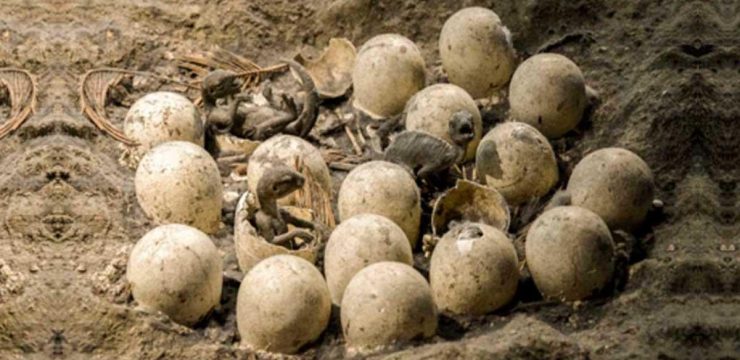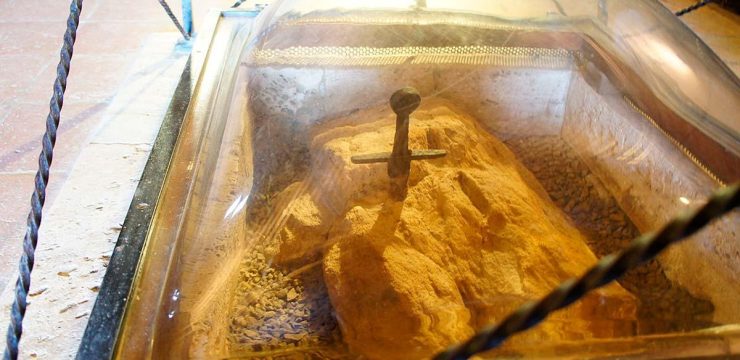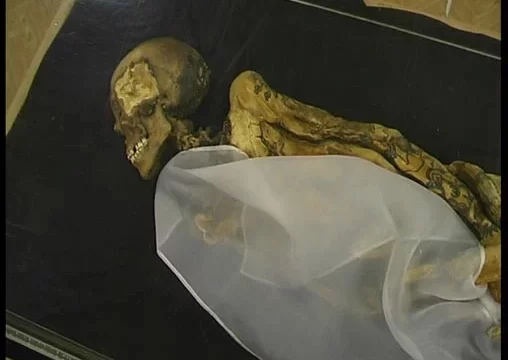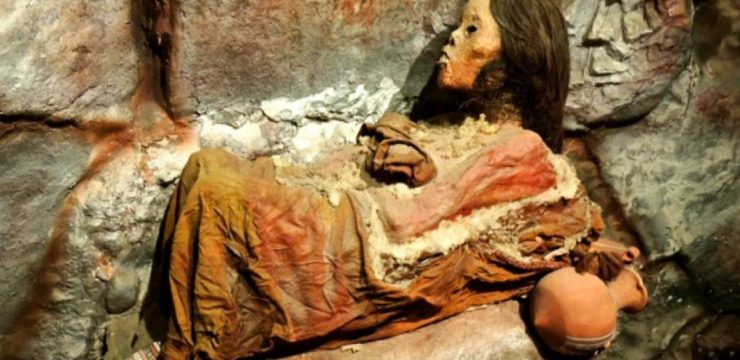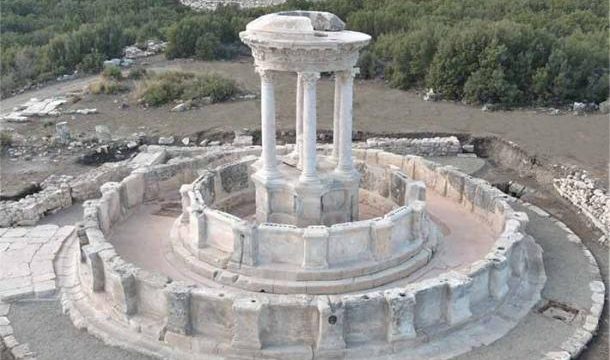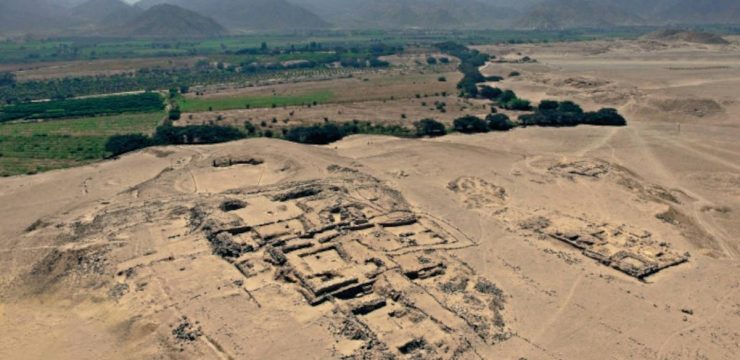Tucked away in the awe-inspiring Sarawat Mountains of western Saudi Arabia lies a hidden marvel that offers more than just stunning scenery—it holds centuries of cultural legacy and human ingenuity. The Maysan Governorate is home to approximately 1,200 ancient beehives, standing tall as silent witnesses to a deeply rooted tradition of beekeeping that stretches back over a thousand years. These remarkable structures represent not only architectural brilliance but also the resilience and intelligence of early communities that once thrived in this rugged terrain. Their legacy, carved in stone and sweetened with honey, continues to tell a story that deserves global recognition.
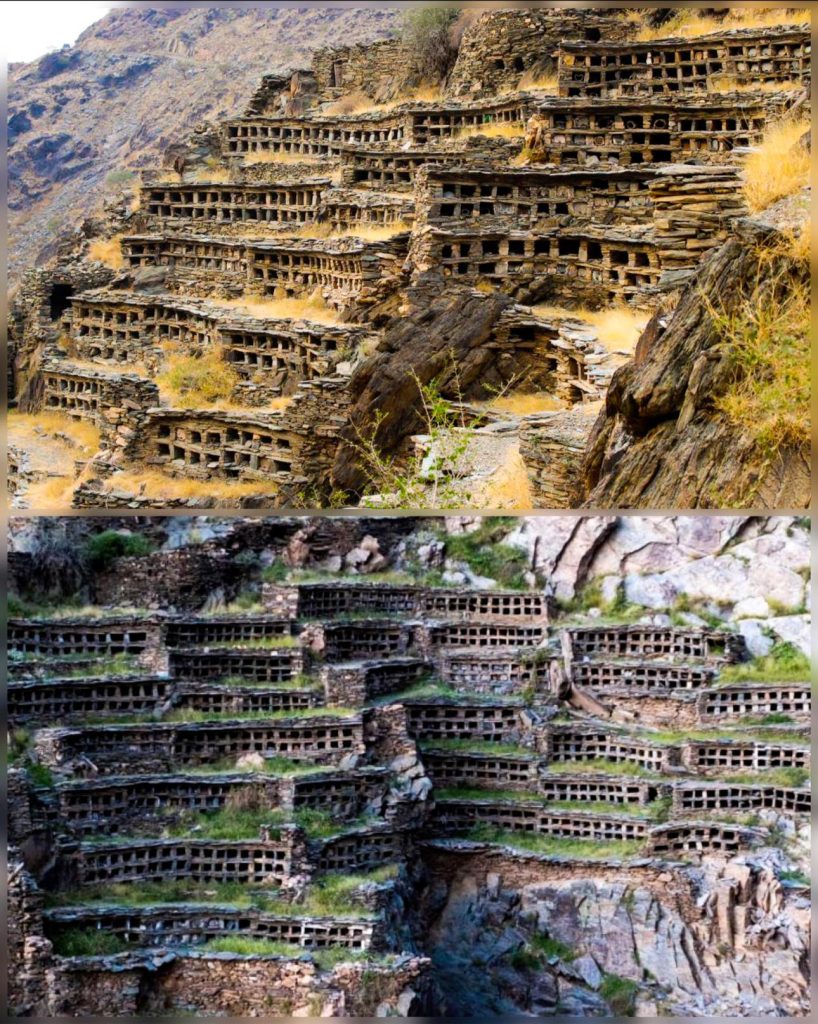
As you draw near to the abandoned village of Kharfi, located south of the city of Taif, your senses are immediately captivated by the surreal sight ahead. The stone beehives appear like a series of cascading sculptures, descending down the mountainside in harmonious symmetry. From a distance, they resemble modern high-rise apartment blocks, yet they are relics from a past far removed from steel and glass. Believed to be more than a millennium old, these structures stand as a tribute to ancient builders who, with limited tools and infinite patience, created something both functional and beautiful.
The people of Maysan have long held a special relationship with their environment, and nowhere is this more apparent than in their sustainable practices. They didn’t just build beehives; they created an entire ecosystem in which agriculture and beekeeping could flourish together. Through clever irrigation techniques, they channeled precious mountain water to nourish crops. Towering granaries stored grains and other produce, while meticulously crafted agricultural terraces climbed the slopes, enabling the growth of fruit orchards and flowering gardens in places that most would consider inhospitable. These innovations weren’t merely practical—they were visionary, demonstrating a deep respect for nature and an understanding of how to coexist with it.
The beehives themselves are nothing short of engineering masterpieces. Crafted with layered stones and supported by internal columns, some of these apiaries reach up to four stories high. Their geometric patterns are not only visually appealing but serve a functional purpose, regulating internal temperature and providing a comfortable, stable environment for bee colonies. This level of sophistication suggests a deep knowledge of both bee behavior and architectural design—skills that were passed down and refined across countless generations.
But the story of Maysan’s beehives goes far beyond honey. The surrounding cultural landscape is equally fascinating. Ancient pathways lead visitors to remnants of livestock enclosures, agricultural infrastructure, and even a towering 20-meter-high stone fortress that once protected this precious resource. These features highlight how integral beekeeping was to daily life, economy, and survival. They also suggest that honey was not just a sweet treat, but a commodity of great value, possibly used for trade, medicine, or religious rituals.
Perhaps one of the most heartwarming aspects of this historical treasure is how it has remained a family affair. The care and maintenance of these ancient hives have been passed down through the generations, preserving not only the physical structures but also the techniques, knowledge, and cultural pride associated with them. In an age where so much is lost to modernization, Maysan stands out as a beacon of continuity. The fact that these practices are still alive today is a testament to the dedication of families who recognize the importance of their heritage.
Modern beekeeping in Maysan continues to flourish, thanks in large part to the region’s rich biodiversity. With over 50 native aromatic plants such as rue, basil, lavender, and other rare wildflowers, the bees in this region produce honey with a flavor profile that is both unique and highly prized. This variety of flora gives the honey a depth and complexity that is difficult to replicate elsewhere. As a result, Saudi honey—especially from Maysan—has earned a respected place in both local markets and international circles, praised not only for its taste but for its purity and health benefits.
According to Abdulwahab Al-Khedidi, a passionate historian of the region, the beekeeping site of Al-Kharfi is more than just an ancient relic—it is a living, breathing monument to the ingenuity of past generations. Its enduring presence bridges the wisdom of the old world with the needs of the modern one. In an era where sustainable practices are more important than ever, the apiaries of Maysan offer a powerful example of how humanity can thrive in harmony with nature.
Visitors who make the journey to Maysan are not just stepping into a remote village—they are stepping into a timeline that spans centuries. Each beehive tells a story, each terrace holds memories, and each drop of honey is infused with the essence of a culture that has quietly withstood the test of time. The natural beauty of the Sarawat Mountains serves as a breathtaking backdrop, but it is the enduring legacy of human creativity, resilience, and tradition that makes Maysan a place of truly global significance.
The story of Maysan is more than a historical anecdote—it is a compelling reminder of what can be achieved when human beings work in tandem with nature. It speaks of knowledge passed through hands and hearts, of generations bound by a shared purpose, and of a sweet legacy that still flows through the mountains of western Saudi Arabia. For those who appreciate history, architecture, culture, or simply the timeless appeal of honey, Maysan offers a profound and unforgettable journey into Arabia’s golden past.
